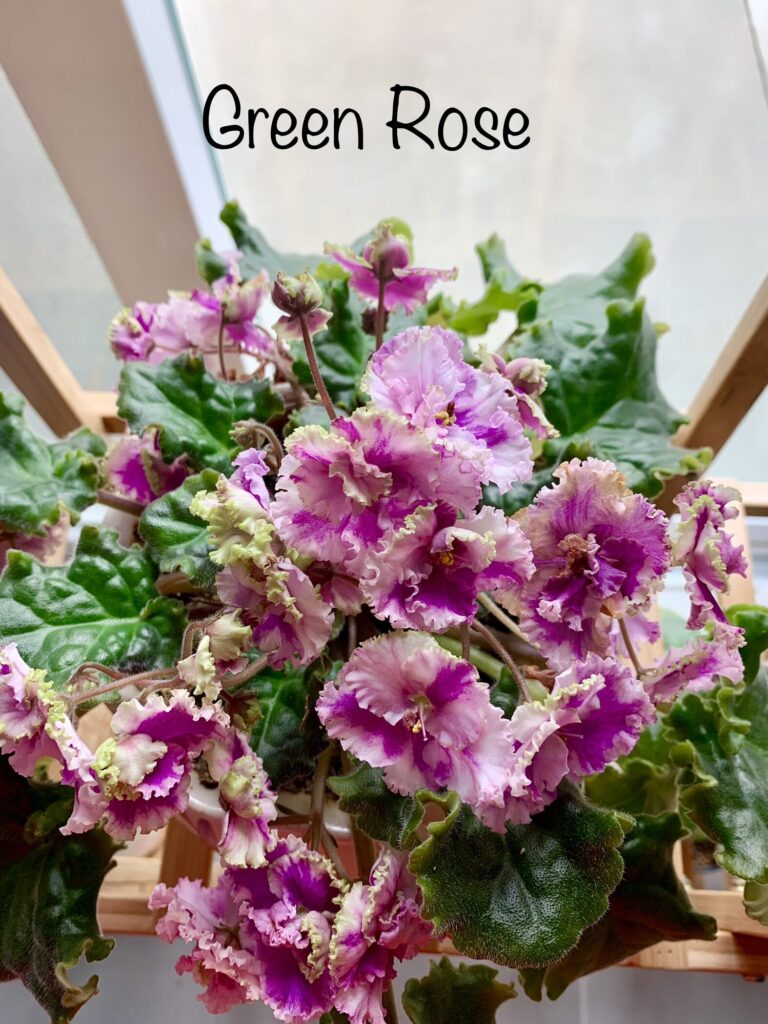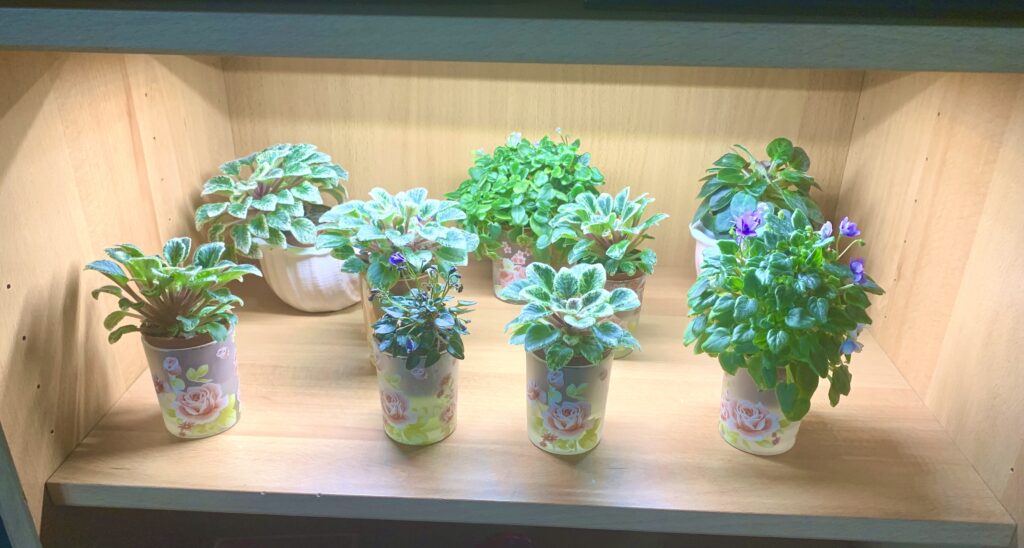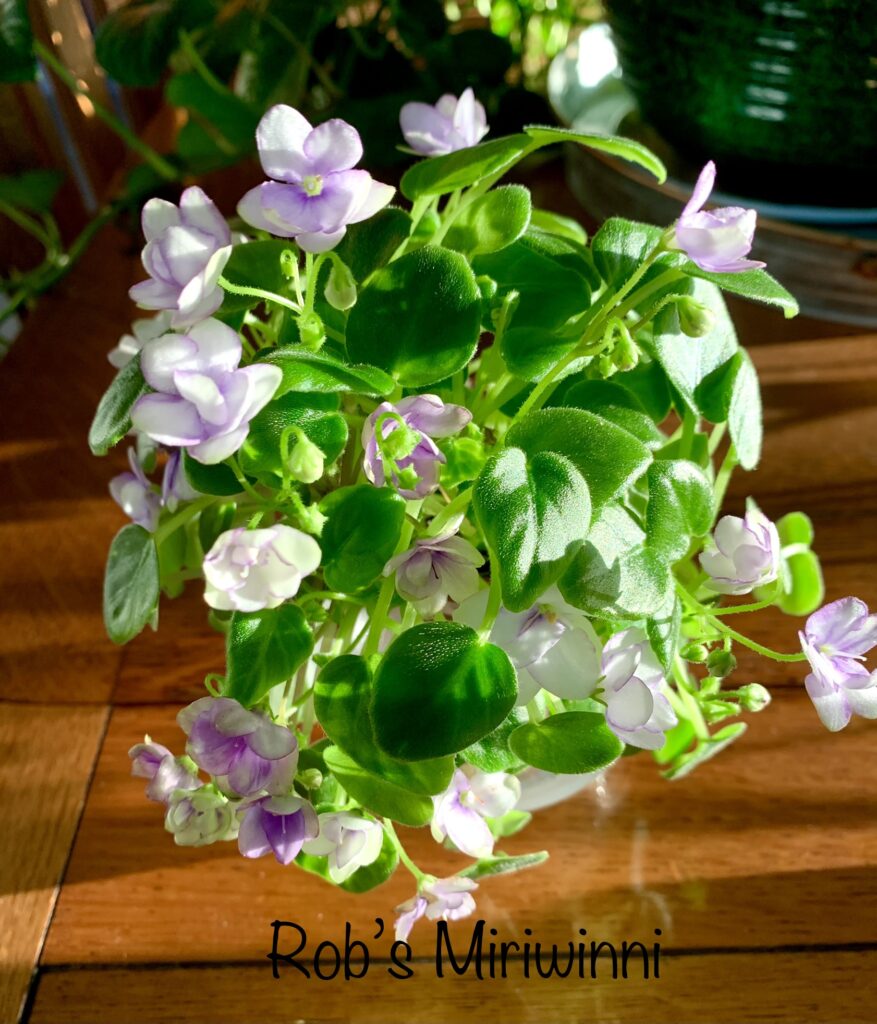African violets are a beloved flowering plant among gardeners worldwide for their vibrant blooms and easy care. However, to foster healthy growth and abundant blooms, African violets need to be grown in appropriate soil. The soil type and quality will heavily impact the plant’s health. In this post, we will discuss the different types of African violet soil, the best commercial type, and how to mix your own.
There are two categories to consider when it comes to African violet soil – commercial and homemade. Commercial soil is well-prepared and safe to use, while homemade soil may be cheaper, but it requires more effort and time.

African Violet Commercial Soil
The best commercial soil for African violets is usually made by reputable brands and is neither too heavy nor too light. It should retain moisture long enough to ensure the roots have access to water without causing them to rot. Our favorite brands for African violet soil include Espoma Organic African Violet, Miracle Grow African Violet Mix, and Sun Grow Black Gold African Violet Mix.
Mixing your own African Violet Soil
I prefer to mix my own since I have around 50 African Violets and it’s just more economical for me. After all if I save a little money I can buy more Violets!! I live in Florida and all my plants are on the water wicking system. The mix I make is 2 parts peat moss, 1 part perlite and 1 part vermiculite. I know some prefer 1 part peat moss to 1 part perlite. While others use 1 part African Violet commercial potting soil to 1 part perlite. Experiment and see what works best for you and your African Violets!
Once your soil is mixed
Begin by thoroughly cleaning a large plastic container with warm soapy water and allowing it to dry. Combine the ingredients in the container and mix well before using.
It’s important to note that African violets prefer to grow in shallow pots that are no longer than one and a half times the diameter of the plant’s foliage. Often, African violet growers use self-watering containers that provide a consistent moisture source for the plant. This makes it unnecessary to water the plant that often.
When planting an African violet, ensure that the soil is moist before planting the plant. Fill the pot with soil, ensuring that the plant’s roots are covered. Place the plant in a warm, airy, location with indirect sunlight for at least eight hours a day, and keep the plant’s soil consistently moist. Also if you don’t have an area for them to get enough light a LED grow light works great-I have four of them!

Happy Gardening!
In conclusion, growing African violets can be a delightful and rewarding experience. To promote healthy plant growth and blooms, it’s essential to put your African violet in a well-prepared commercial or homemade soil mixture depending on what works with your schedule and resources. Remember, African violet soil should retain moisture, be light, and most of all not compact. For best results, use a shallow pot and keep the soil consistently moist. With a bit of effort and patience, your African violet will reward you with beautiful blooms!
Please be sure to check out my Gardening Blog Post Page for more tips on all types of gardening. Including Seed Saving, Seed Starting, Orchids, Water Gardening, Coldframe Gardening, Indoor Bulb Gardening, Hydroponics, Container Gardening, Mums, Herbs, African Violets, planting Bulbs, Flower Gardening, Vegetable and Fruit Gardening, Indoor Houseplants of all kinds, Cactus, Succulents, Hanging plants, Deer resistant plants and even Bird, Bee, Butterfly and Hummingbird Gardens!

